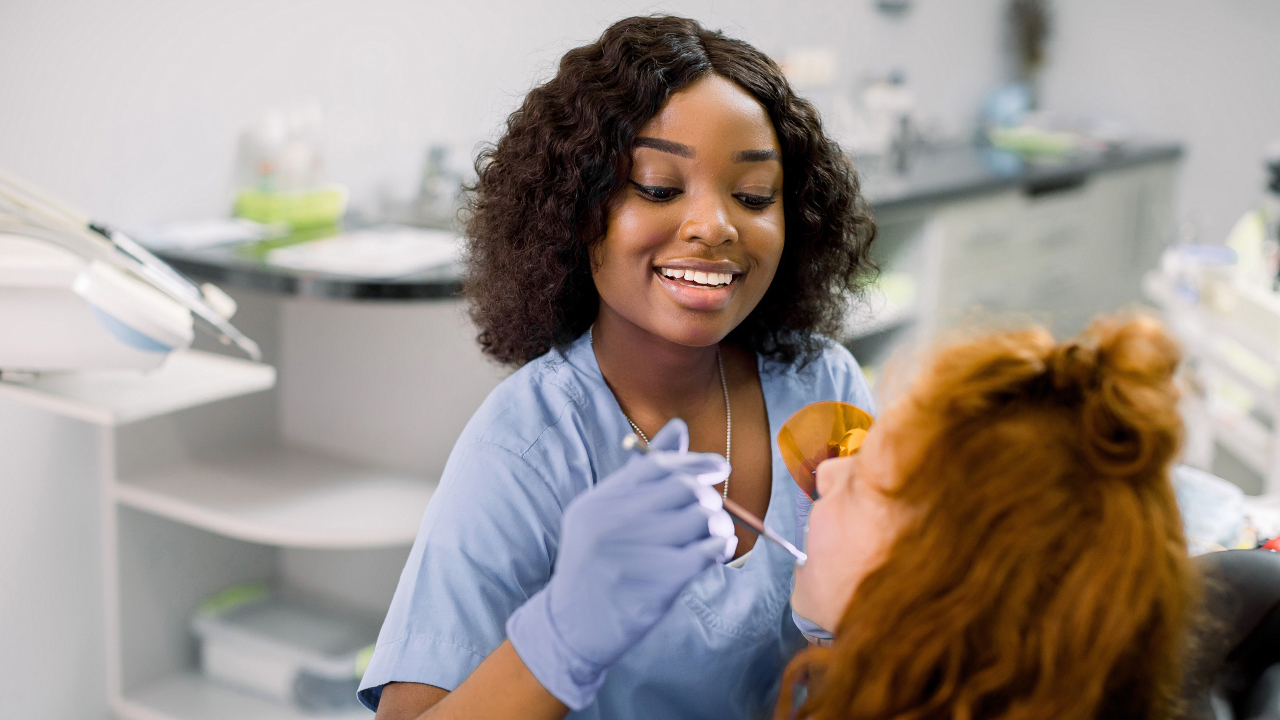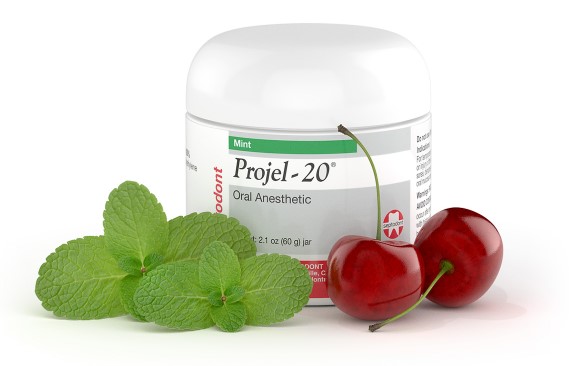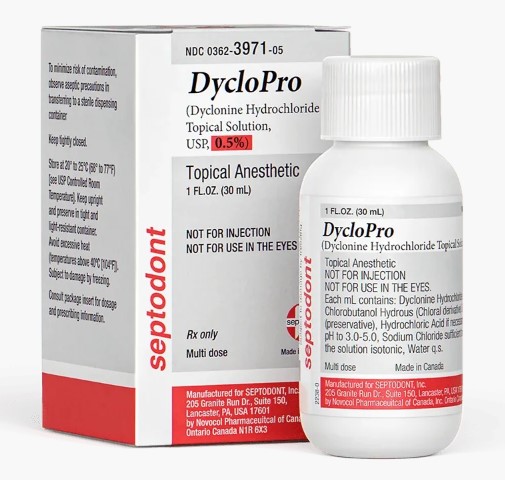
Topical Anesthetics: The Hygienist's Best Friend
Mar 07, 2023Part 1: The Importance of Topical Anesthetics
Every day you see patients that fear needles. Fortunately, in many cases, you can get adequate anesthesia from topical anesthetics. This means less anxiety and more focus on the task at hand! Topicals are similar in formula to injectable anesthetics with a few important distinctions.
First, while all injectable anesthetics are amides; topical anesthesia are all either ester or amide. The exception to this rule is DycloPro by Septodont (but more on that later).
Second, they do not contain vasoconstrictors. We want absorption through the oral mucosa and vasoconstrictor will hinder this. They have higher concentrations than their injectable counterparts. The most common formula is 20% benzocaine, but topical lidocaine comes in formulations from 2-10%. Refer to the product inserts for the specifics of the products you use.
Topical anesthetics are ubiquitous, I don’t know an office that doesn’t use them. When used as prescribed the side effects of topical are rare. Used outside these recommendations, they can have tragic unintended consequences. In 2007, the FDA released a warning about topical anesthetics after the deaths of two young women. One was here in North Carolina. Both women were in their 20s and applied topical anesthetic before laser hair removal. Large amounts of topical were placed on the legs and then wrapped in plastic. Both died from the toxic effects of the local anesthetic. These deaths are tragic, and they were avoidable.
The amount recommended and used in dentistry to offset the discomfort of injection is safe.
Now that we have covered efficacy, we can choose the best product for our needs.
What is on the market? And how do they differ?
Let’s start with benzocaine. It is the most commonly used topical anesthetic in the US. Most offices carry it. It comes from Septodont, or from your local supply company like Patterson. It is an ester-based anesthetic. It is effective and has a rapid onset. The duration of action is between 5-15 minutes. This is important to know should a patient inadvertently swallow, becoming numb and uncomfortable. In this instance, all that is needed is reassurance that numbness of the throat will pass. While the 20% formula is the most popular in dental offices, it is also sold in concentrations between 6% and 20%.

Because benzocaine is an ester-based topical there is a risk of methemoglobinemia. Methemoglobinemia is a rare reaction that hinders the body’s ability of hemoglobin to work effectively, resulting in lack of oxygen to the tissue. Published reports of methemoglobinemia are 0.035% but slightly higher with benzocaine and prilocaine. Should this occur, your patient will turn blue as there is a decrease of oxygen to the tissue. Supplemental oxygen will not help, you need to activate EMS immediately.
Alternatives to benzocaine based topicals are lidocaine based topicals. You can argue lidocaine is safer. And I believe that it is the best choice for any patient with a sensitivity to esters. 2-5% concentrations are the most common concentrations. The onset of action for lidocaine is 2-10 minutes. Personally, this is too long for me. Some of my appointments are 30 minutes and I do not want to allocate a third of my time for topical. The duration of action is 15-45 minutes. It is pregnancy category B per the FDA, and I feel safe using it on pregnant women.
Another topical anesthetic on the market is Dyclonine Hydrochloride. It is a ketone, so neither an ester nor an amide. It is available as DycloPro which is sold by Septodont.

As a topical, dyclonine hydrochloride as at slow onset of up to ten minutes. The duration of action averages 30 minutes. It is not my “go to” topical; however, I find it can be a great resource for patients with severe gingivitis. The longer duration of action allows for through scaling. It is FDA category C. It is not recommended for pregnant women as other products are readily available.
Another topical anesthetic on the market is tetracaine hydrochloride. It is the most potent topical on the market. It can take up to 20 minutes for onset and it is not a common product. I included it to be as comprehensive as possible. When used in my office it is in a hybrid product where it is mixed with another topical with quicker onset. If you use a topical that is compounded for you at a local pharmacy then this is likely an ingredient.
The topical discussed are all typically used for numbing prior to an injection of local anesthetic. In my next blog, we will discuss topicals such Cetacaine and Oraqix that you might choose to use instead of local anesthesia.


